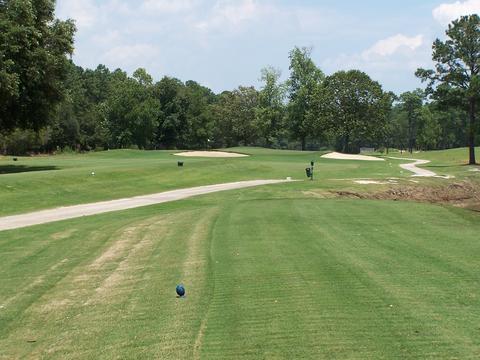Living Southern Style magazine, the publication of the Live South organization, recently published its list of the "Top 100 Amenity Communities." Live South, which runs a well-attended series of trade shows that attracts some top southeastern communities and thousands of newbies to the community search process, identifies communities in just nine states, as well as Mexico and the Bahamas, on its amenities list. They promise to add communities in other states in the future.
Although a list of 100 of anything implies a certain comprehensiveness, there are some glaring omissions on the Living Southern Style list. The group of communities with the widest and most lavish array of amenities in our experience, the Clilffs, does not make the list. The Cliffs, besides its seven world-class golf courses, offers equestrian centers, beautiful pool complexes, well-appointed fitness centers and spas, guided nature trails and access for members to its other holdings, one in Argentina's Patagonia region. We don't see the Savannah area's Ford Plantation on the list either; its combination of Pete Dye golf course, marina, and recreational options along a beautiful river is the best we've seen, if money is no object (homes begin over $1 million).
Some communities on the Living Southern Style list don't even feature a golf course. (When did golf fall off the amenities list?) But although we did not check out every community on the list, we did note that most are either advertisers in the Live South publications and/or exhibitors at the Live South trade shows.
We've said it before and this seems the right time and place to say it again: Proceed with caution when you do your home search research with organizations that are paid to promote communities. Live South does its job quite well, but their primary "customers" are the golf course communities they represent. If something strikes your fancy about one of the communities on their list, contact us . If we are familiar with the place, we will tell you what we know. If not, we'll get as much information as we can. Whatever, we will try to cut through the hype.




 Par 3s at Wedgefield are not a strong point of the design, but on the 13th, a well-placed pin can provide plenty of challenge from the tee.
Par 3s at Wedgefield are not a strong point of the design, but on the 13th, a well-placed pin can provide plenty of challenge from the tee.



















